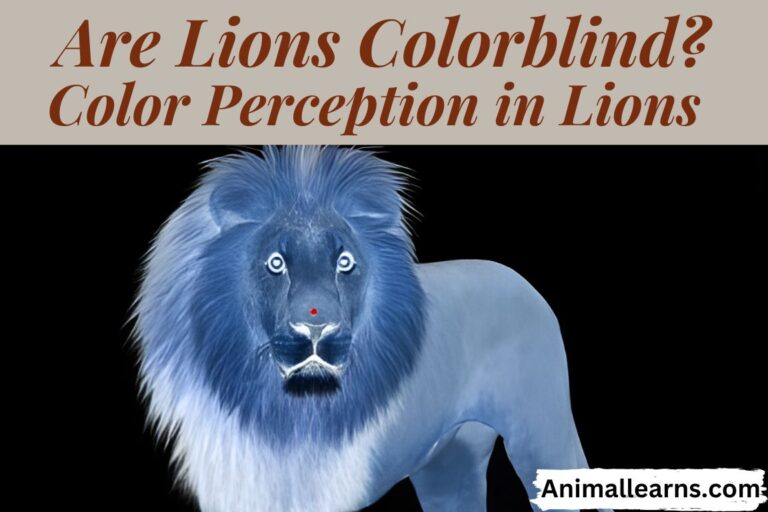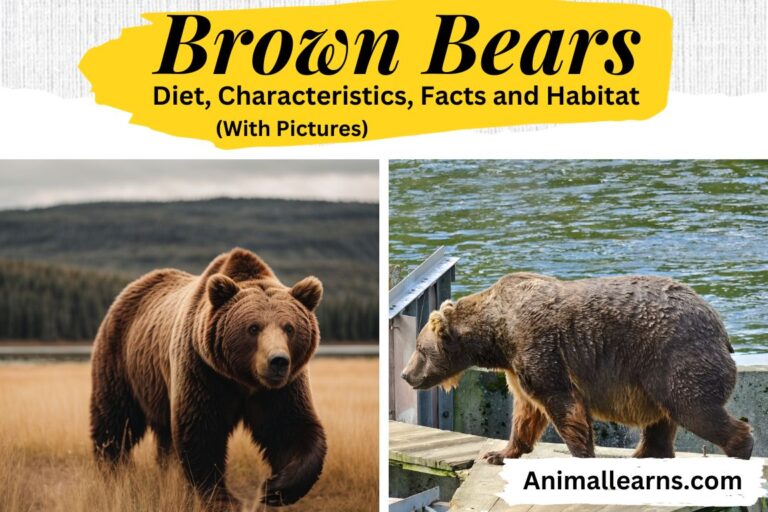Top 15 Dangerous Animals in South America
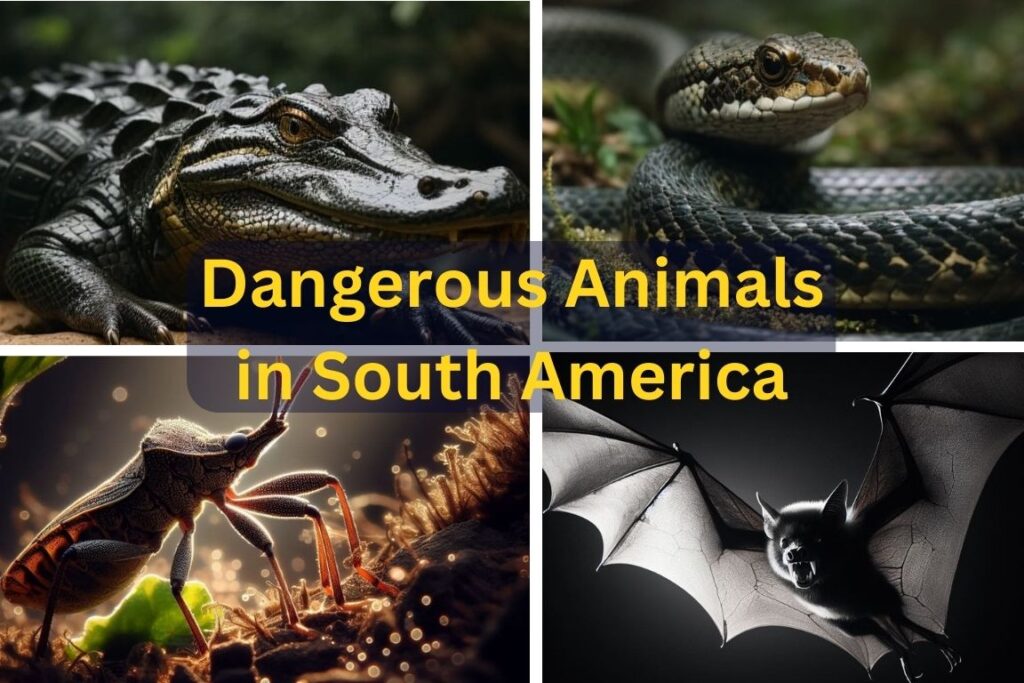
Dangerous animals in South America are quite famous. South America’s diverse landscapes are home to a host of intriguing and often perilous creatures. The continent is famed for its biodiversity, but it also harbors some of the most dangerous animals on Earth.
From the lush rainforests of the Amazon to the arid expanses of Chile, many people are curious about what dangerous animals live in South America.
Dangerous Animals in South America
Contents
- Brazilian wandering spider
- Jaguar
- Fer-de-lance snake
- Black caiman
- Bullet ant
- Electric eel
- Golden poison dart frog
- Scorpion
- Kissing bug
- Vampire bat
- Bushmaster snake
- Piranha
- Capybara
- Tapir
- Anaconda
Brazilian wandering spider

| Attribute | Information |
|---|---|
| Scientific Name | Phoneutria spp. |
| Size | Up to 5.9 inches (15 cm) |
| Weight | Up to 1.75 ounces (50 g) |
| Group | Arachnid |
| Location | South and Central America |
| Danger Level | Highly Venomous, Potentially Fatal |
The Brazilian wandering spider, otherwise called the banana bug, is the most venomous bug on the planet. Its toxin contains a neurotoxin that can cause loss of motion and passing in people.
The Brazilian meandering bug is tracked down in tropical and subtropical locales of South America, including Brazil, Argentina, and Uruguay. It is nighttime and can be tracked down in homes, gardens, and even shoes.
Jaguar

| Attribute | Information |
|---|---|
| Scientific Name | Panthera onca |
| Size | 4.6 to 6.1 feet (1.4 to 1.85 meters) at the shoulder |
| Weight | 100 to 250 pounds (45 to 113 kg) |
| Group | Mammal, Big Cat |
| Location | South and Central America |
| Danger Level | Apex Predator, Potentially Lethal |
Jaguars are one of the most dangerous animals in South America. The jaguar is the biggest feline in South America and the third biggest feline on the planet. It is a strong hunter and can go after people in the event that it feels undermined.
Pumas are tracked down in Focal and South America, from Mexico to Argentina. They live in various territories, including rainforests, savannas, and bogs.
Fer-de-lance snake
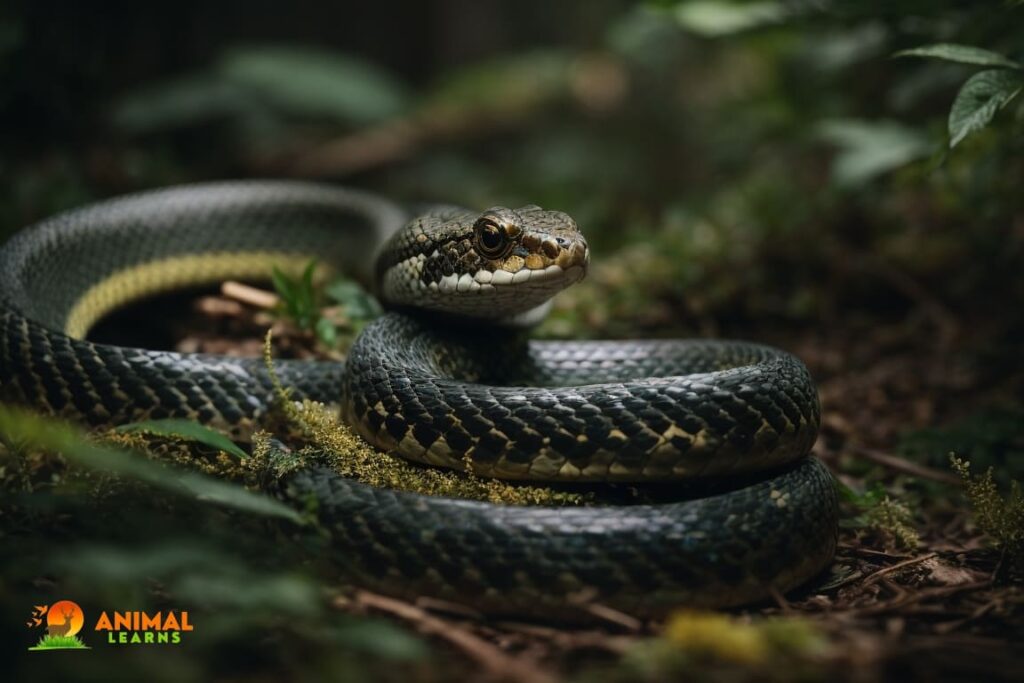
| Attribute | Information |
|---|---|
| Scientific Name | Bothrops asper |
| Size | Up to 7 feet (2.1 meters) |
| Weight | Typically less than 5 pounds (2.3 kg) |
| Group | Reptile, Venomous Snake |
| Location | Central and South America |
| Danger Level | Highly Venomous, Potentially Lethal |
The fer-de-spear snake is quite possibly of the most venomous snake in South America. Its toxin is cytotoxic and can cause tissue harm and demise.
The fer-de-spear snake is tracked down in Focal and South America, from Mexico to Argentina. It lives in various territories, including rainforests, savannas, and agrarian regions.
Black caiman
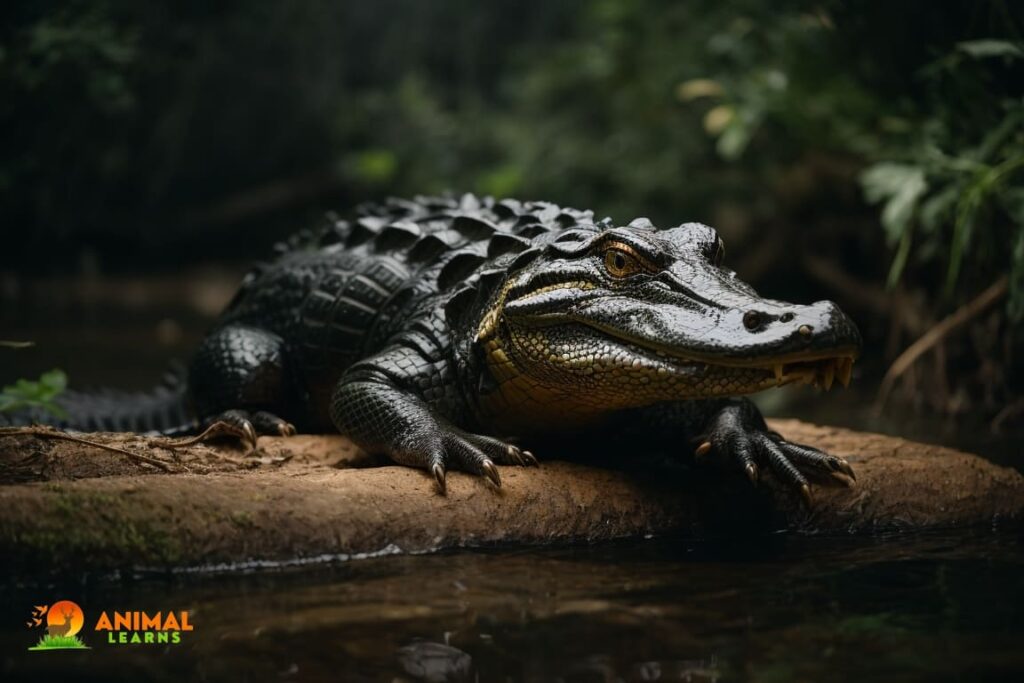
| Attribute | Information |
|---|---|
| Scientific Name | Melanosuchus niger |
| Size | Up to 13 feet (4 meters) |
| Weight | Up to 2,205 pounds (1,000 kg) |
| Group | Reptile, Crocodilian |
| Location | South America, Amazon Basin |
| Danger Level | Apex Predator, Potentially Lethal |
The dark caiman is the biggest caiman in South America and quite possibly of the biggest crocodilian on the planet. It is a strong hunter and can go after people on the off chance that it feels compromised.
Dark caimans are tracked down in tropical and subtropical districts of South America, including Brazil, Colombia, and Venezuela. They live in waterways, bogs, and lakes.
Bullet ant

| Attribute | Information |
|---|---|
| Scientific Name | Paraponera clavata |
| Size | 0.7 to 1.2 inches (1.8 to 3 cm) |
| Weight | Tiny |
| Group | Insect, Hymenoptera |
| Location | South America, especially Amazon Rainforest |
| Danger Level | Painful Sting, Not Lethal |
The bullet ant is perhaps of the most incredibly excruciating bug on the planet. Its sting is supposed to be essentially as difficult as being shot by a projectile. Projectile subterranean insects are tracked down in Focal and South America, from Mexico to Argentina. They live in rainforests and other moist regions.
Electric eel

| Attribute | Information |
|---|---|
| Scientific Name | Electrophorus electricus |
| Size | Up to 8 feet (2.5 meters) |
| Weight | Up to 44 pounds (20 kg) |
| Group | Fish, Knifefish |
| Location | South America, Amazon Basin |
| Danger Level | Electric Shocks, Rarely Lethal |
Some of the dangerous animals in South America reside in the water. One of them is electric eel. The electric eel is the biggest electric fish on the planet. It can produce an electric flow of up to 800 volts, which can be deadly to people.
Electric eels are tracked down in tropical and subtropical districts of South America, including Brazil, Colombia, and Venezuela. They live in waterways and bogs.
Golden poison dart frog

| Attribute | Information |
|---|---|
| Scientific Name | Phyllobates terribilis |
| Size | About 2 inches (5 cm) |
| Weight | Very light |
| Group | Amphibian, Poison Dart Frog |
| Location | Western Colombia, South America |
| Danger Level | Highly Venomous, Potentially Fatal |
The golden poison dart frog is quite possibly of the most venomous creature on the planet. Its toxin contains a neurotoxin that can cause loss of motion and passing in people.
The brilliant toxic substance dart frog is tracked down in tropical rainforests of Colombia and Ecuador. They are little frogs, regularly estimating under 2 crawls long.
Scorpion

| Attribute | Information |
|---|---|
| Scientific Name | Various species |
| Size | Varies by species |
| Weight | Typically less than 1 ounce (28 g) |
| Group | Arachnid |
| Location | South and Central America, Worldwide |
| Danger Level | Venomous, Potentially Harmful |
There are various dangerous animals in South America. Some of them are stingers. Their stings can cause torment, expanding, and deadness. One of them is scorpion.
Some scorpion stings can be deadly. Scorpions are tracked down in different living spaces in South America, including deserts, rainforests, and metropolitan regions.
Kissing bug
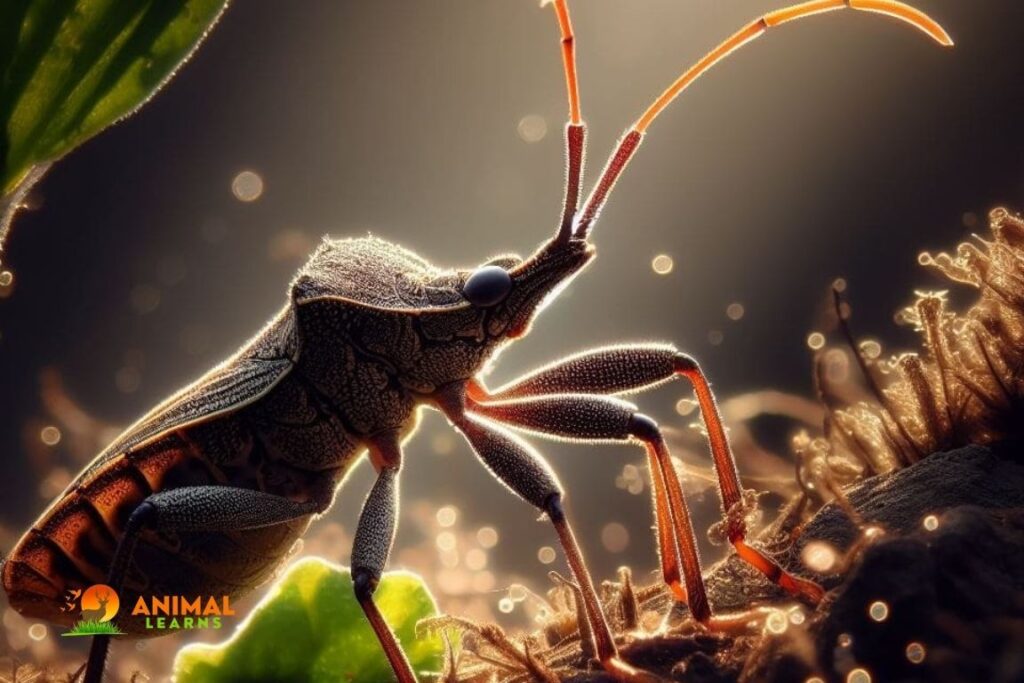
| Attribute | Information |
|---|---|
| Scientific Name | Triatominae family |
| Size | 0.2 to 1 inch (0.5 to 2.5 cm) |
| Weight | Light |
| Group | Insect, Hemiptera |
| Location | South and Central America |
| Danger Level | Disease Vector (Chagas Disease) |
The kissing bug is a parasitic bug that can communicate Chagas infection, a serious and possibly deadly disease. Kissing bugs are tracked down in Focal and South America, from Mexico to Argentina. They live in different environments, including homes, nurseries, and creature covers.
Vampire bat

| Attribute | Information |
|---|---|
| Scientific Name | Desmodontinae family |
| Size | Up to 3.5 inches (9 cm) |
| Weight | Up to 1 ounce (28 g) |
| Group | Mammal, Bat |
| Location | South and Central America |
| Danger Level | Blood-Feeding, Disease Vector |
Vampire bats are parasitic bats that can send rabies and different infections to people. Vampire bats are tracked down in Focal and South America, from Mexico to Argentina. They live in caves and other dim spots.
Bushmaster snake
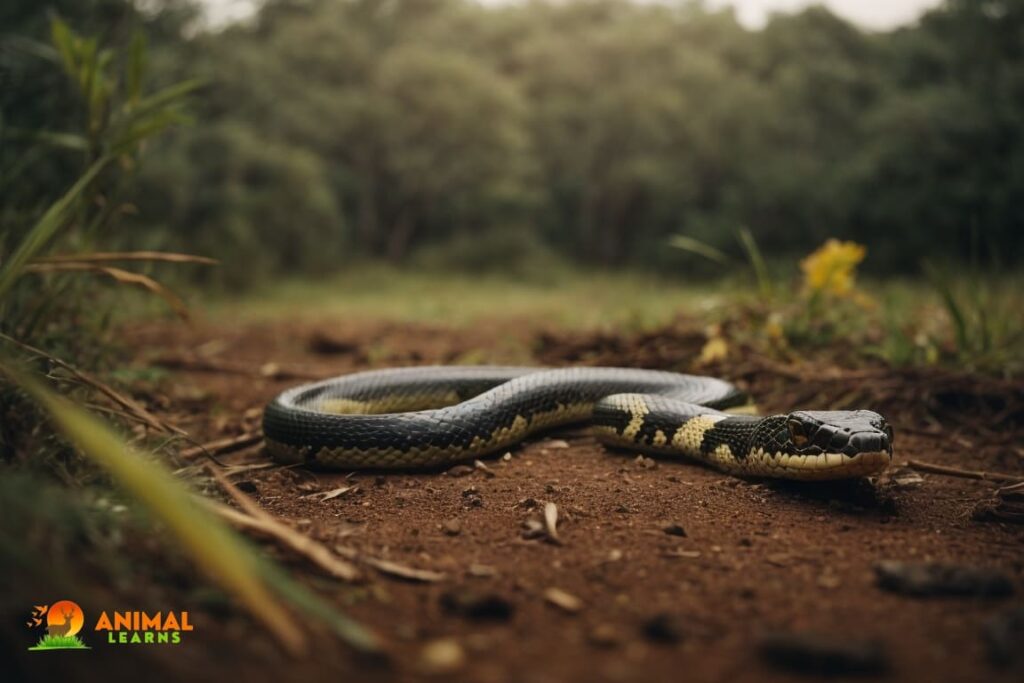
| Attribute | Information |
|---|---|
| Scientific Name | Lachesis genus |
| Size | Up to 12 feet (3.6 meters) |
| Weight | Can exceed 15 pounds (6.8 kg) |
| Group | Reptile, Venomous Snake |
| Location | South and Central America |
| Danger Level | Highly Venomous, Potentially Lethal |
The bushmaster snake is one of the biggest and most venomous snakes in South America. It is tracked down in tropical rainforests and other sticky regions.
The bushmaster snake is a nighttime hunter and feeds on rodents, birds, and different snakes. Its toxin is hemotoxic, meaning it annihilates platelets and tissues. A chomp from a bushmaster snake can be lethal, however counter-agent is accessible.
Piranha
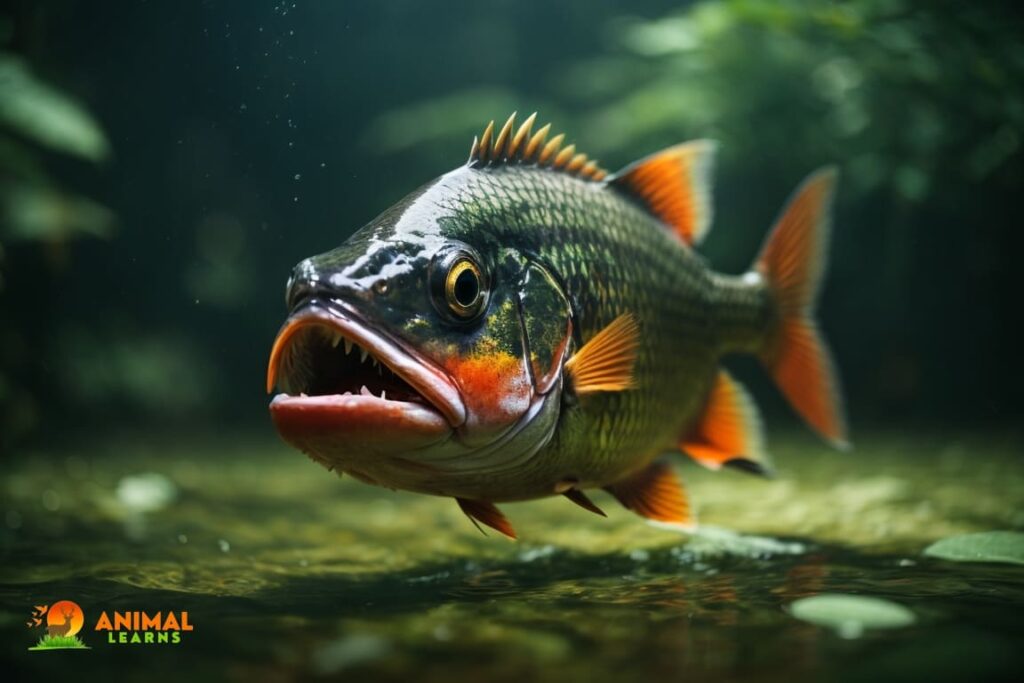
| Attribute | Information |
|---|---|
| Scientific Name | Various species |
| Size | Varies by species |
| Weight | Typically less than 1 pound (0.45 kg) |
| Group | Fish, Predatory |
| Location | South America, Amazon Basin |
| Danger Level | Aggressive Predator, Potentially Dangerous |
Piranha are a gathering of freshwater fish that are known for their sharp teeth and forceful taking care of conduct. While piranhas are not normally risky to people, they can go after in huge gatherings and cause serious wounds. Piranhas are drawn to blood and will frequently go after creatures that are now harmed.
Capybara
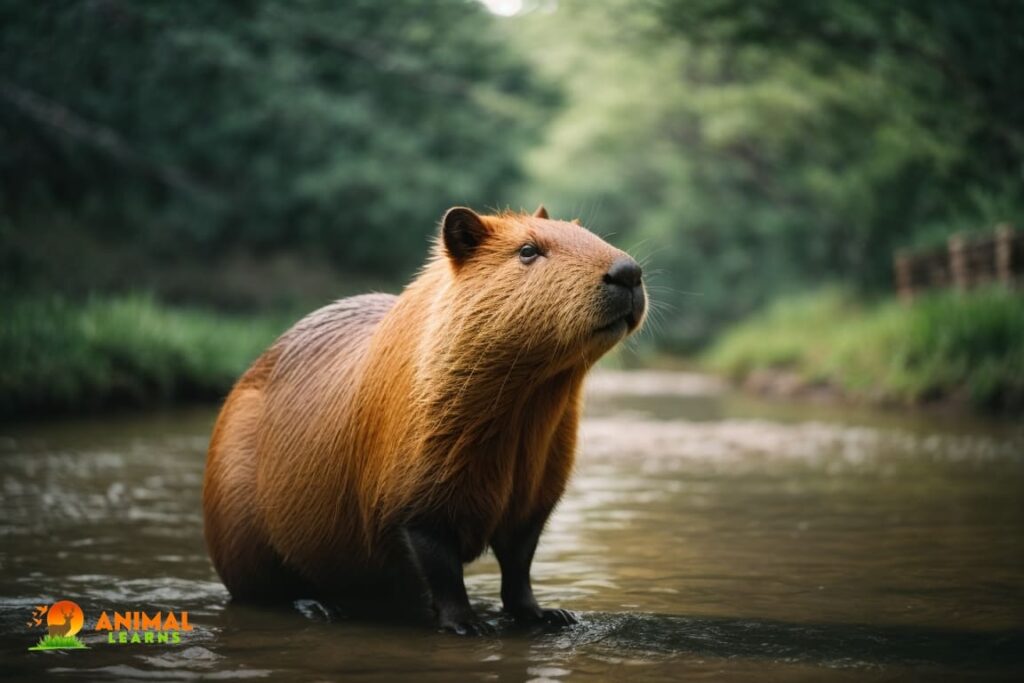
| Attribute | Information |
|---|---|
| Scientific Name | Hydrochoerus hydrochaeris |
| Size | Up to 2 feet (0.6 meters) at the shoulder |
| Weight | 77 to 146 pounds (35 to 66 kg) |
| Group | Mammal, Rodent |
| Location | South America, particularly Amazon Basin |
| Danger Level | Herbivore, Non-Dangerous to Humans |
The capybara is the biggest rat on the planet. It is tracked down in tropical and subtropical districts of South America. Capybaras are social creatures and live in gatherings of up to 100 people.
Capybaras are by and large innocuous to people, however they can be forceful in the event that they feel compromised.
Tapir
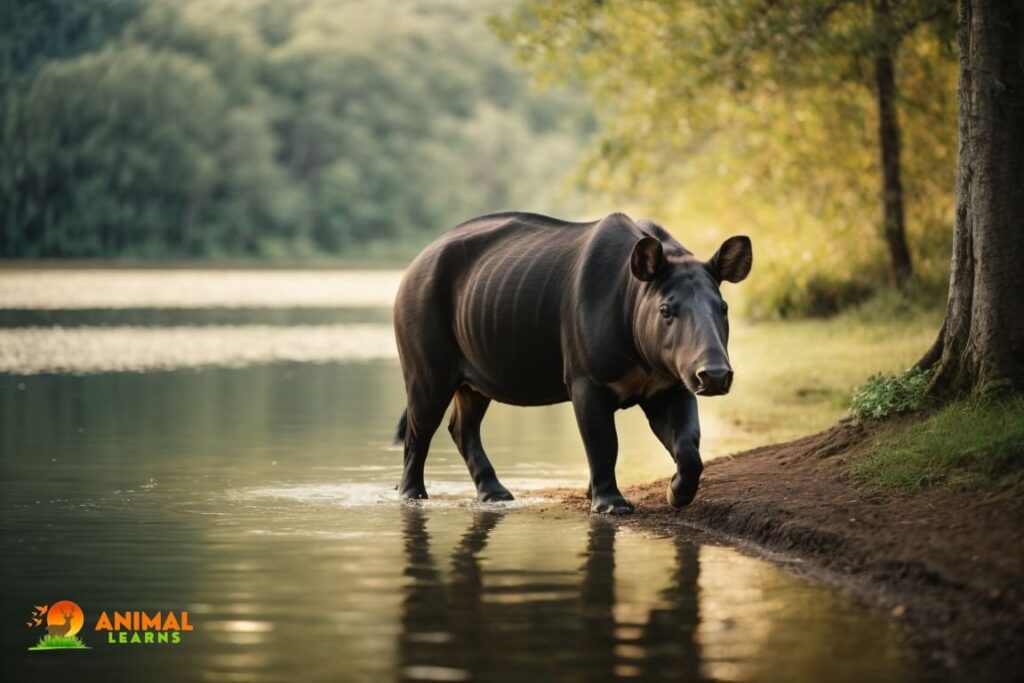
| Attribute | Information |
|---|---|
| Scientific Name | Tapirus genus |
| Size | Up to 3.9 feet (1.2 meters) at the shoulder |
| Weight | 500 to 800 pounds (225 to 363 kg) |
| Group | Mammal, Herbivore |
| Location | South America, Central America |
| Danger Level | Herbivore, Non-Dangerous to Humans |
The tapir is a huge herbivore that is often associated with rhinos and ponies. It can be found in tropical and subtropical areas of South America, where it shares its habitat with various dangerous animals in South America.
Ungulates are singular creatures and invest a large portion of their energy in the water. Ungulates can be forceful in the event that they feel compromised, and their strong jaws and teeth can cause serious wounds.
Anaconda

| Attribute | Information |
|---|---|
| Scientific Name | Eunectes genus |
| Size | Up to 30 feet (9 meters) or more |
| Weight | Can exceed 550 pounds (250 kg) |
| Group | Reptile, Snake |
| Location | South America, Amazon Basin |
| Danger Level | Powerful Constrictor, Potentially Lethal |
One of the most dangerous animals in South America is the anaconda. The anaconda is the biggest snake on the planet. It is tracked down in tropical rainforests and other damp areas of South America.
Boa constrictors are trap hunters and feed on caimans, capybaras, and other enormous creatures. Boa constrictors are not ordinarily forceful to people, yet they can be risky assuming they feel compromised.
10 Interesting Facts About Dangerous Animals In South America
- The Brazilian wandering spider is the most venomous spider in the world. Its venom is so potent that it can kill a human in just a few hours.
- The jaguar is the third largest cat in the world and the largest cat in the Americas. It is a powerful predator that can take down animals much larger than itself.
- The fer-de-lance snake is one of the most venomous snakes in the world. Its venom is cytotoxic, meaning that it destroys tissue and cells.
- The black caiman is the largest caiman in the world and the largest predator in the Amazon rainforest. It is a powerful swimmer and can take down animals much larger than itself.
- The bullet ant is considered to have the most painful sting of any insect in the world. Its sting is said to be as painful as being shot by a bullet.
- The electric eel is the largest electric fish in the world. It can generate an electric current of up to 800 volts, which can be fatal to humans.
- The golden poison dart frog is one of the most venomous animals in the world. Its venom is so potent that a single frog has enough venom to kill 10 adult humans.
- The scorpion is one of the most common dangerous animals in South America. There are over 700 species of scorpions in South America, and many of them are venomous.
- The kissing bug is a blood-sucking insect that can transmit Chagas disease, a serious and potentially fatal illness.
- The vampire bat is the only mammal that feeds on blood. It is found in Central and South America, and it can transmit rabies and other diseases to humans.
How to stay safe from dangerous animals in South America
There are a number of things you can do to stay safe from dangerous animals in South America:
- Be aware of the dangerous animals that live in the area you are visiting.
- Avoid walking alone at night.
- Wear long pants and sleeves when walking in areas where dangerous animals are known to live.
- Be careful when swimming in rivers and lakes.
- Wear insect repellent to protect yourself from mosquitoes and other biting insects.
- If you are bitten or stung by an animal, seek medical attention immediately.
Unveiling South America’s Deadliest Animals
South America’s vibrant ecosystems hold secrets that pique the interest of wildlife enthusiasts and adventure seekers alike. Delving into the continent’s heart, you’ll find an intriguing list of creatures that stand out as the most dangerous animals in South America.
From the Amazon basin to the coastal regions of South America, the most dangerous animals in Latin America lurk in various environments, ready to challenge anyone daring enough to venture into their territory.
Discovering these remarkable species offers a thrilling insight into the captivating world of South American fauna, showcasing the beauty and danger that coexist in this remarkable continent.
FAQs
What are the most dangerous animals in South America?
The most dangerous animals in South America include the Brazilian wandering spider, jaguar, fer-de-lance snake, black caiman, bullet ant, electric eel, golden poison dart frog, scorpion, kissing bug, and vampire bat.
Why are these animals dangerous?
These animals are dangerous for a variety of reasons. Some are venomous, some have powerful jaws and claws, and some carry diseases.
What should I do if I am bitten or stung by a dangerous animal?
If you are bitten or stung by a dangerous animal, seek medical attention immediately.
How can I learn more about dangerous animals in South America?
There are a number of resources available to learn more about dangerous animals in South America, including books, websites, and museums.








